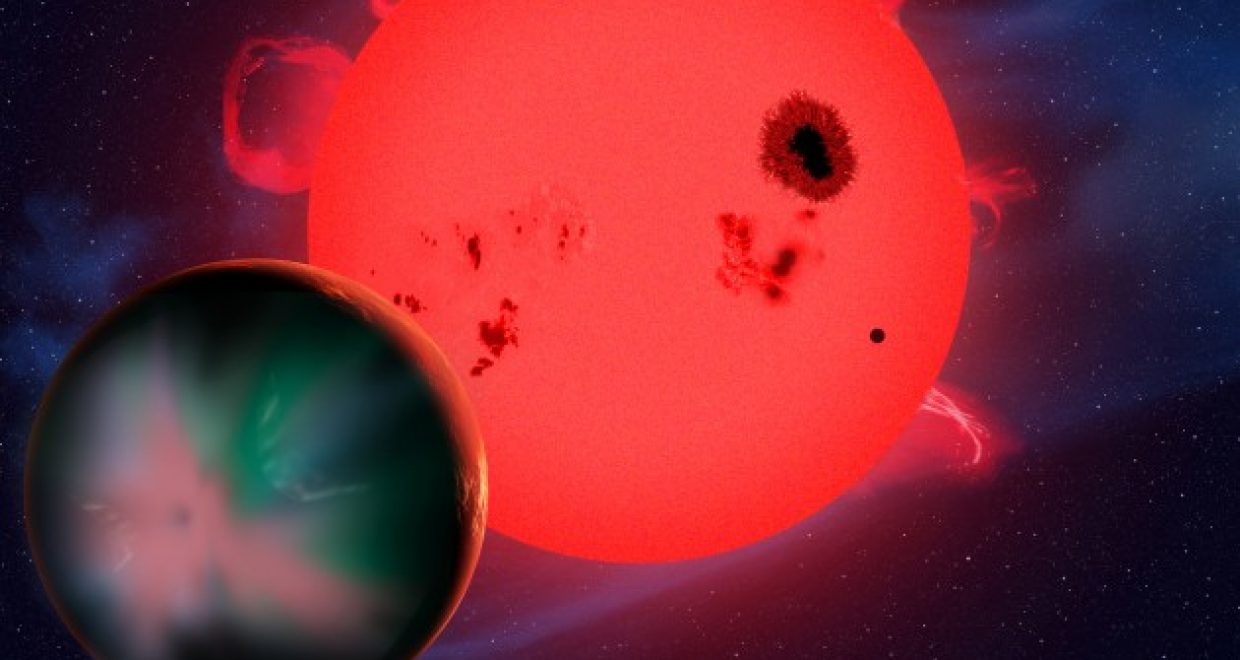Prospects of life on Red Dwarf orbiting planets
In this blog post Joseph Gale and Amri Wandel discuss their recent review article in International Journal of Astrobiology, The potential of planets orbiting red dwarf stars to support oxygenic photosynthesis and complex life.
In our review we combine the latest findings from the Kepler space telescope on the number of Earth-sized Red Dwarf (RD) planets, with calculations showing that the appearance of life clement conditions on such planets is possible and more probable than previously thought.
Until recently it had been assumed that conditions on Habitable Zone RD planets would be inimical to life, as the planets would be tidally locked, engendering a tempestuous climate. We also refute the idea that life could not evolve on RD-planets because of the flares of ionizing radiation, as the latter appear mainly during the early period of the long-lived RDs. We argue that the short wave radiation of RDs would be adequate for Earth-like photosynthesis. There would be no necessity for the oft-proposed recourse to Near Infra-Red radiation, which is relatively stronger from the RDs than from the hotter Sunlike stars. Moreover, the continuous radiation climate on tidally locked RD planets could be similar to that prevalent at high latitudes on Earth during the short summer periods, which produces lush growth.
Our conclusion is that conditions on RD planets may well be suitable for the appearance of oxygenic photosynthesis, which on Earth has been an essential factor in the evolution of complex life. Furthermore, because of their abundance and long lifetimes, it is statistically more likely that extra-solar-system life will be found on planets of RDs than on those of solar type stars. Using the formula for the abundance derived in Wandel (2015) we find that the nearest biotic neighbor is likely to be a planet orbiting a small red sun, perhaps as close as 10 light years away
Read the review The potential of planets orbiting red dwarf stars to support oxygenic photosynthesis and complex life for free until 15th July 2016.
Related paper On the abundance of extraterrestrial life after the Kepler mission by Amri Wandel
Joseph Gale, The Institute of Life Sciences, The Hebrew University of Jerusalem
Amri Wandel, The Racach Institute of Physics, The Hebrew University of Jerusalem
Image credit: David A. Aguilar, CfA







I would very much appreciate a copy of your paper by Gale & Wandel 2016 on Photosynthesis on planets of red dwarf stars. I am writing a paper about Proxima Centauri b